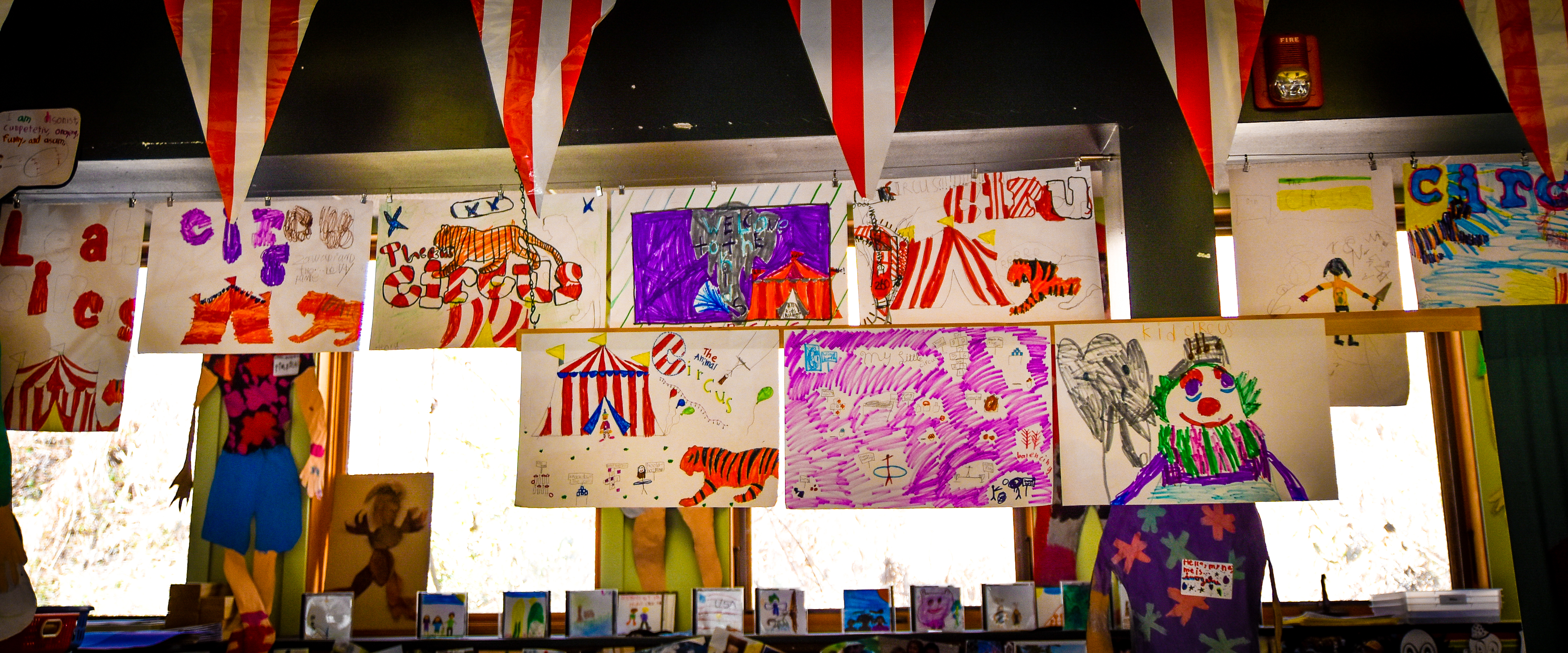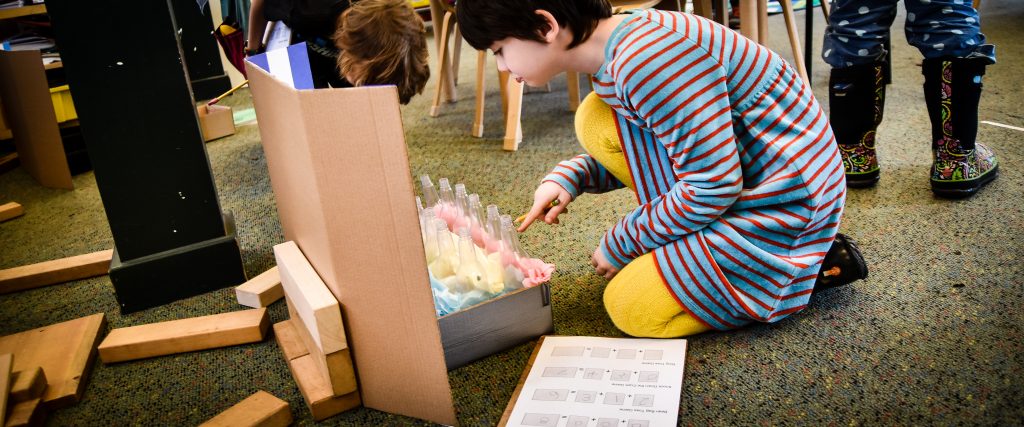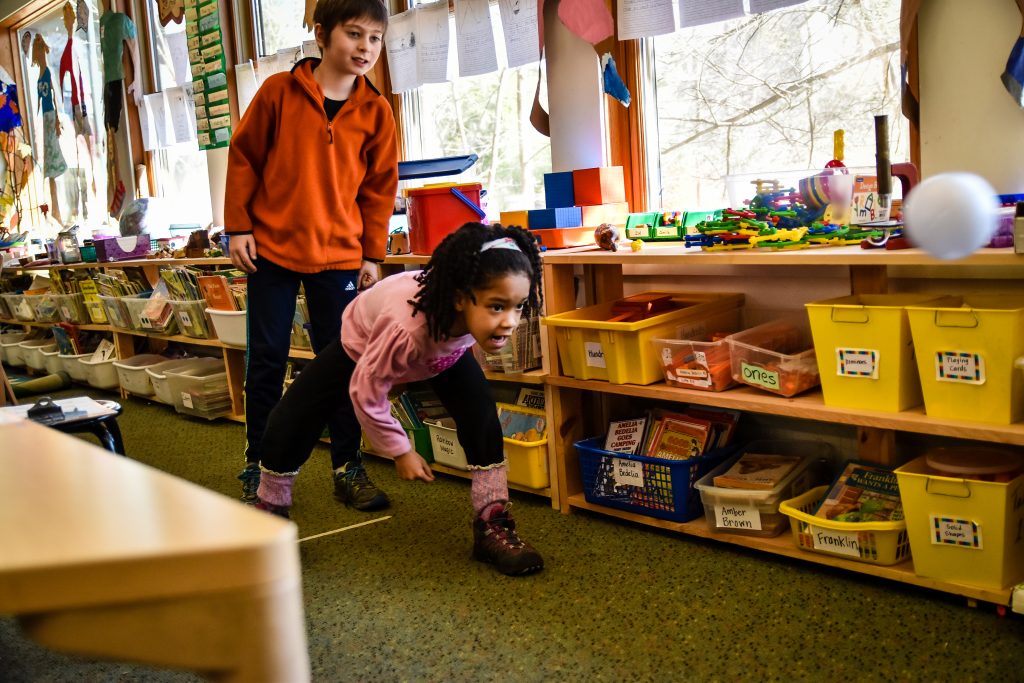Kids Wonder ‘If I Ran the Circus’ at Miquon Conference week
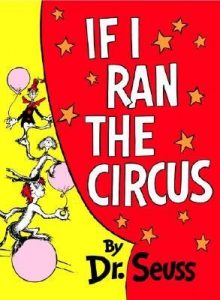 If we only taught skills, school would not be very interesting. At Miquon we believe children learn by doing, and that hands-on experiences stimulate their desire to learn. That’s why much of the Miquon program gives our students a chance not only to learn new skills, but also ample time to put those skills into use.
If we only taught skills, school would not be very interesting. At Miquon we believe children learn by doing, and that hands-on experiences stimulate their desire to learn. That’s why much of the Miquon program gives our students a chance not only to learn new skills, but also ample time to put those skills into use.
One of the occasions this is evident is during conference week. Twice a year, Miquon conference week offers children something a little different: it’s a chance to delve deeply into a particular study, with the entire week’s activities focused on one topic. Everything — math, language arts, social studies, and specialist time — is structured around supporting that specific study or theme, with plenty of hands-on learning, special texts, excursions, and more to help the children come to a deeper understanding of something new.
For Spring Conference Week, our first and second grade group studied the circus. The topic provided us with plenty of reading and writing material to expand on our language arts work, traditional midway games helped students practice their addition skills, and even time for balancing, tumbling and cartwheels, and juggling provided experiential learning for our children.
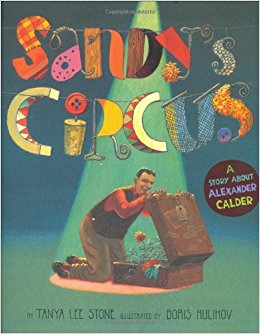 We shared many read alouds during the week, including You See a Circus, I See… by Mike Downs, which illustrated the behind-the-scenes happenings of a circus; Sidewalk Circus by Paul Fleischman, which showed how the happenings on a city street can mimic the happenings in a circus; Circus by Lois Ehlert, where the cut paper illustrations were simply spectacular; and If I Ran the Circus, a Dr. Seuss classic that affords kids the chance to hone their phonemic awareness through the author’s silly rhyming narrative.
We shared many read alouds during the week, including You See a Circus, I See… by Mike Downs, which illustrated the behind-the-scenes happenings of a circus; Sidewalk Circus by Paul Fleischman, which showed how the happenings on a city street can mimic the happenings in a circus; Circus by Lois Ehlert, where the cut paper illustrations were simply spectacular; and If I Ran the Circus, a Dr. Seuss classic that affords kids the chance to hone their phonemic awareness through the author’s silly rhyming narrative.
The circus study also provided us a chance to explore the arts, including a read of Sandy’s Circus by Tanya Lee Stone, where we met Alexander Calder, who created miniature circus performances from wire and other recyclable scraps we at Miquon call “beautiful junk.” Later, after discussing advertising a circus and what might be included on a circus poster, and seeing many examples of vintage circus posters, the children created circus posters of their own.
Two poetry projects were completed during the week. The first was standard prose, where the children chose a topic to write about, wrote a rough draft of their poem, edited the format, checked spelling, made any revisions, and then rewrote and illustrated a final draft. The second was an acrostic poem, where the children chose a circus-related word, wrote it on vertically formatted paper, and then chose other circus-related words that started with each letter of the original chosen word. Another writing project was related to the story Sidewalk Circus, where the children went out onto the campus and found a place that could be part of a circus, which included the swings, different trees, the monkey bars, and even the creek. Following this, the children practiced their describing words (adjectives) in writing and illustrating their spot.
We know that experiential learning creates better understanding. If children are able to experience something themselves, it becomes more meaningful to them. At Miquon we see this every day — when children feel they are a part of something, they buy into it, they want to be a part of it, and they are motivated to participate and learn.
With this idea in mind, we set up a circus midway so students could practice their addition skills while compiling their scores on each game. The children moved among four classic midway games: the Bean Bag Toss, the Ring Toss, the Knock Down the Cups, and Bowling. The children had three tries at each game, and kept track of their scores on a tally sheet. In adding their scores together for a total, the students were able to experience the games as well as apply their math skills in a meaningful context.
Nowhere was experiential learning more tangible than working with Lisa, our PE teacher who was my teaching partner for the week. She created circus “acts” for the children to participate in with the hope of developing some mastery. She set up an array of balancing activities including balance boards, ostrich feathers, spinning plates, and soft stepping stones. The children enjoyed several juggling areas, the diabolo, juggling pins, and small hoops. The final area was acrobatics, where Lisa set up a tumbling run and encouraged the children to try their hands — well actually, feet — at cartwheels.
We had an amazing week, and the children were happily worn out at the end of each day. We learned a lot about the circus, its history, and trends in circuses today. The children were enthusiastic, engaged, creative, and had a lot of fun throughout.
